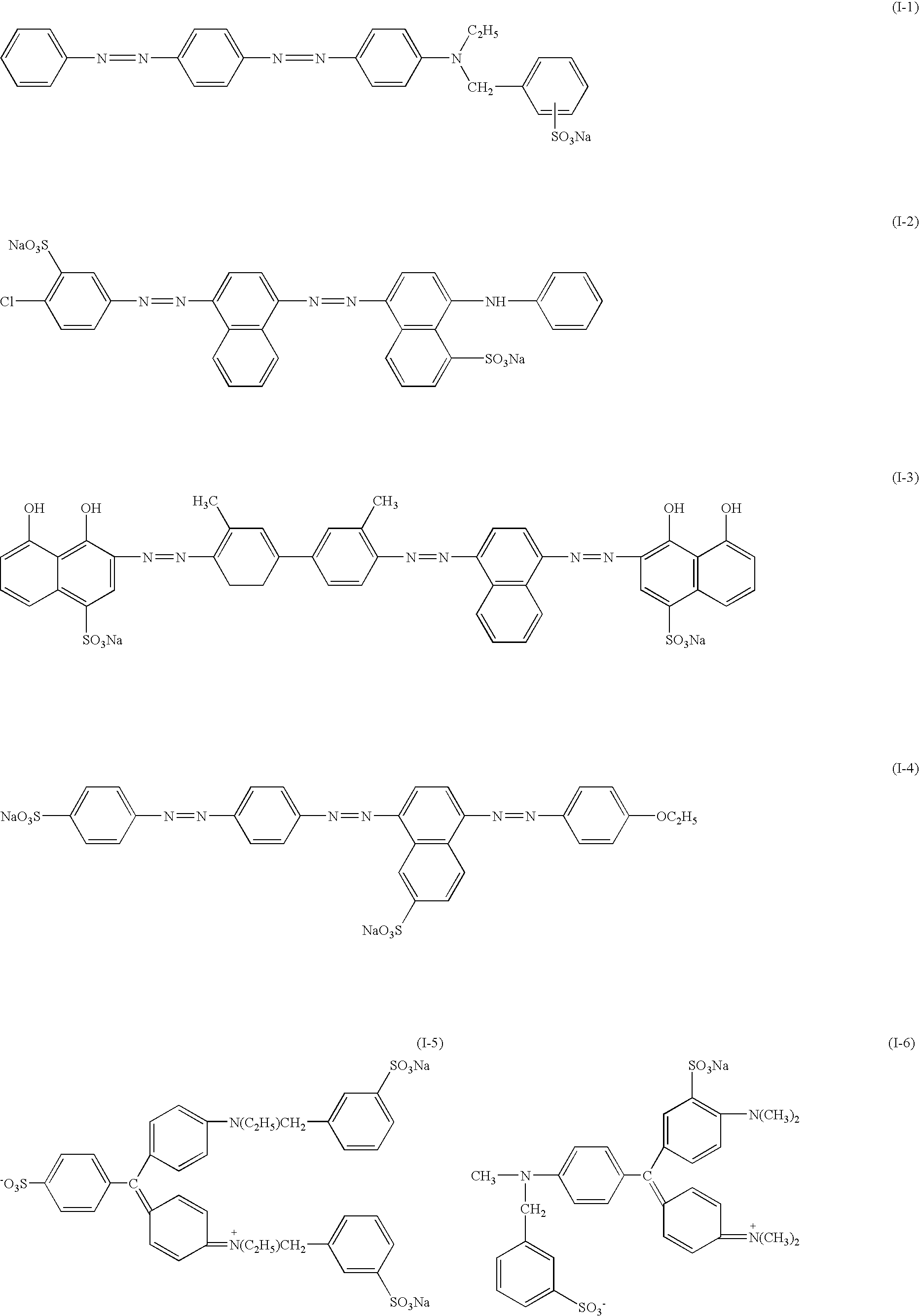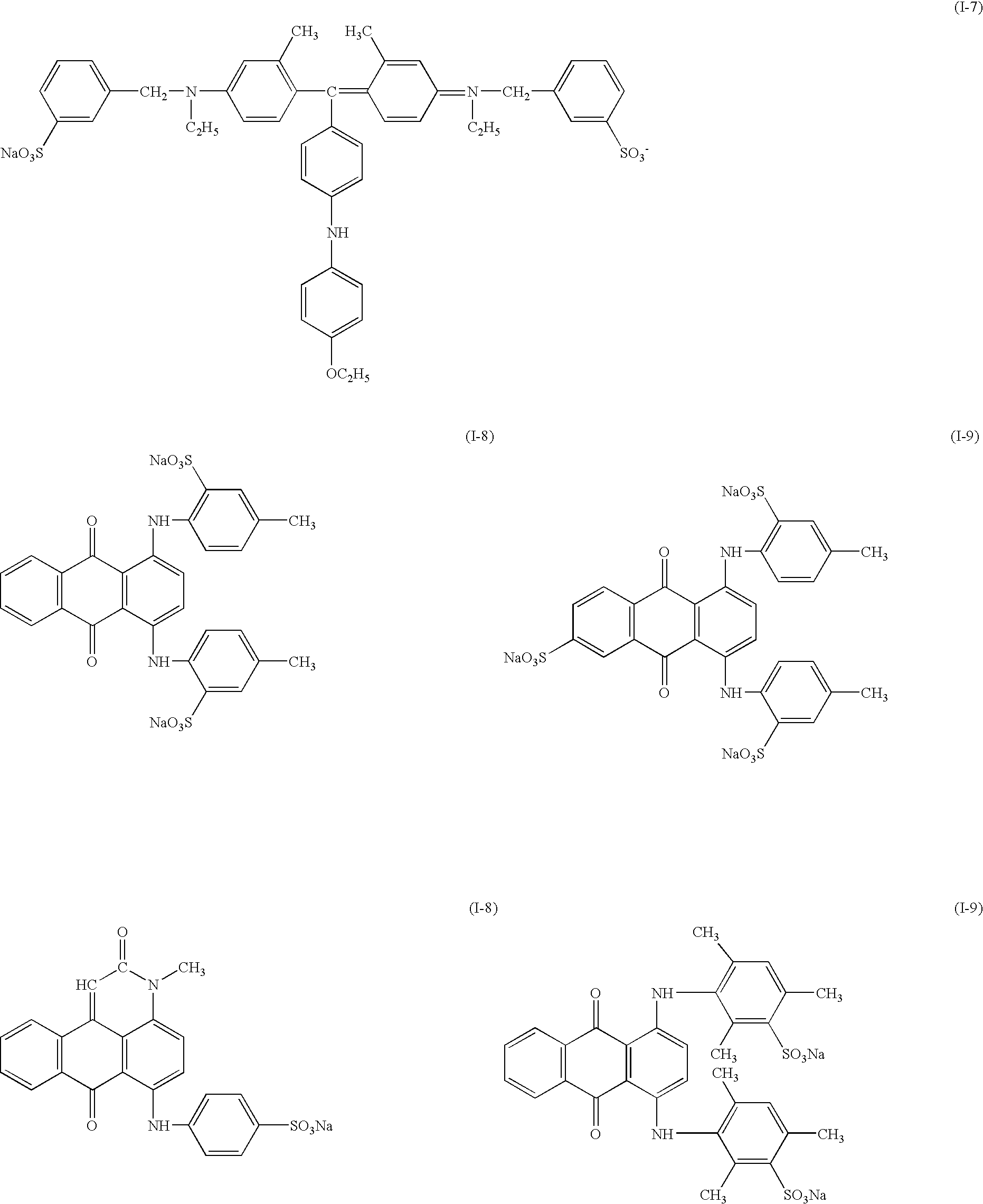Negative-working photosensitive composition and negative-working photosensitive planographic printing plate
a technology negative-working photosensitive planographic printing plate, which is applied in the direction of lithography, photomechanical equipment, instruments, etc., can solve the problems of poor storage stability of negative-working photosensitive composition, staining may occur in non-image portions, and insolubilization in alkali developer, etc., to achieve superior storage stability, good visible image quality, and superior storage stability
- Summary
- Abstract
- Description
- Claims
- Application Information
AI Technical Summary
Benefits of technology
Problems solved by technology
Method used
Image
Examples
example 1
[0085] As shown in the composition table of Table 1, 5.0 g of a m-cresol novolak resin (N-13P, manufactured by Eastman Kodak Company) as an alkali-soluble resin (a), 3.5 g of a resol resin (Phenolite ZF-7234, bisphenol A type, manufacture by DAINIPPON INK & CHEMICALS Co., Ltd.) as a compound (b) which causes a crosslinking reaction by an acid, 0.6 g of 3-methoxy-4-diazo-diphenylamine Acid Green 25 salt as a compound (c) which generates an acid by heating, 0.6 g of a cyanine dye A represented by Formula (VIII) described below and 0.2 g of a cyanine dye B represented by Formula (IX) described below as a photothermal converting agent (d), and 0.6 g of DC190 (a 10% solution, manufactured by Eastman Kodak Company) as a surfactant were dissolved in a solvent consisting of 45.0 g of methylcellosolve and 45.0 g of methyl ethyl ketone, thus producing a coating solution of a negative-working photosensitive composition.
TABLE 1Coating solution of a negative-working photosensitiveComparativeco...
PUM
 Login to View More
Login to View More Abstract
Description
Claims
Application Information
 Login to View More
Login to View More - R&D
- Intellectual Property
- Life Sciences
- Materials
- Tech Scout
- Unparalleled Data Quality
- Higher Quality Content
- 60% Fewer Hallucinations
Browse by: Latest US Patents, China's latest patents, Technical Efficacy Thesaurus, Application Domain, Technology Topic, Popular Technical Reports.
© 2025 PatSnap. All rights reserved.Legal|Privacy policy|Modern Slavery Act Transparency Statement|Sitemap|About US| Contact US: help@patsnap.com



